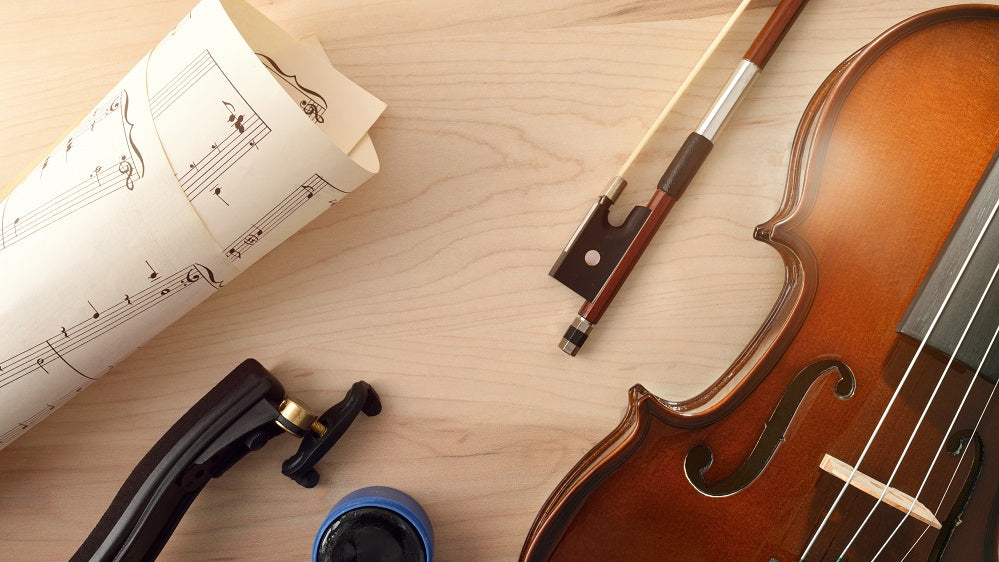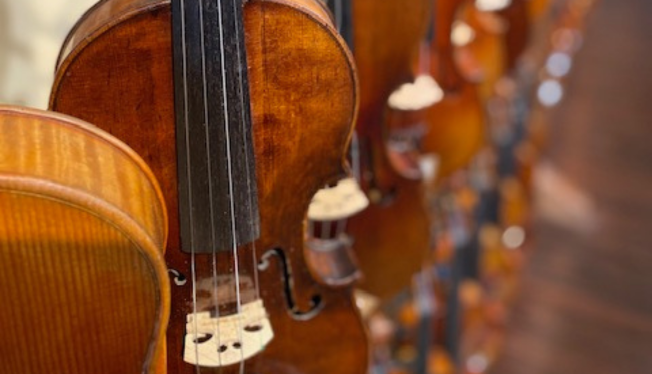Exploring Various Violin Sizes and Their Uses
Understanding the range of violin sizes and their corresponding applications is pivotal in the craft of violin making. These sizes are often delineated in fractions and are designed to accommodate musicians from young beginners to seasoned adult professionals. A deep comprehension of scale and an appreciation for the diverse contexts in which these instruments operate are fundamental to the design and construction of violins.
Standard Full-Size Violins and Their Significance
The full-size violin, also known as the 4/4 violin, is the benchmark for adult musicians. Its dimensions have been refined over centuries to maximize sound quality and playability, ideally suited to adult hand sizes. This size generally features a body length of approximately 14 inches (35.5 cm), with a scale length that accommodates adult arm lengths and finger spans. The construction of a full-size violin adheres to traditional standards, focusing on balance and ergonomics to ensure comfort during prolonged use.
In professional environments, the full-size violin is favored for its rich tone and volume. The construction of these violins involves superior materials and craftsmanship, tailored to the needs of advanced and professional players. The process of creating a full-size violin is a meticulous blend of acoustical science and aesthetic precision, aiming to produce the finest sound.
Smaller Violin Sizes for Young Learners
Violin sizes such as 1/16 to 3/4 are specifically designed for young learners and beginners. Selecting the appropriate size is crucial to provide a comfortable and ergonomically suitable instrument for children. An improperly sized violin can obstruct a child's ability to learn correct technique and may cause physical discomfort.
Crafting smaller violins demands a reduction in dimensions while preserving the correct proportions and sound quality. Adjustments in the thickness and graduation of the top and back plates, as well as the positioning of the bass bar and sound post, are essential to maintain a balanced and pleasing sound in these reduced sizes.
Intermediate Sizes and Transition to Full-Size Violins
Intermediate sizes, such as the 7/8 or "lady’s violin," act as a transitional step between smaller violins and the full-size violin. These sizes are often chosen by individuals of smaller stature, including some adults and teenagers, who may find the full-size violin cumbersome. The 7/8 size offers a manageable alternative without significant compromise on sound quality.
The challenge in crafting these intermediate sizes lies in balancing playability with a robust, mature tone. The construction techniques mirror those used in full-size violins, focusing on the quality of materials and detailed craftsmanship. The objective is to facilitate a seamless transition to a full-size violin, ensuring a comfortable playing experience with rich, expressive sound.
Choosing the Right Size: Guidance from Professionals
Selecting the correct violin size is essential for comfort and effective learning. It is highly recommended to seek guidance from a professional teacher or a violin shop to ensure a proper fit. These experts can provide valuable hands-on assessment and advice based on the individual's stature and playing style. Additionally, online resources, such as our own blog, offer tools and guidance for sizing. For more information on selecting the right violin size, visit our comprehensive guide at Violin Shop Tampa.
Conclusion
The knowledge of various violin sizes and their intended uses is indispensable for expert violin makers. From precision-crafting the standard full-size violins to adapting designs for smaller or unique instruments, this work integrates technical skill, acoustical insights, and artistic finesse. Each violin size serves a distinct purpose, addressing the varied needs of musicians and contributing to the rich diversity of violin music.


